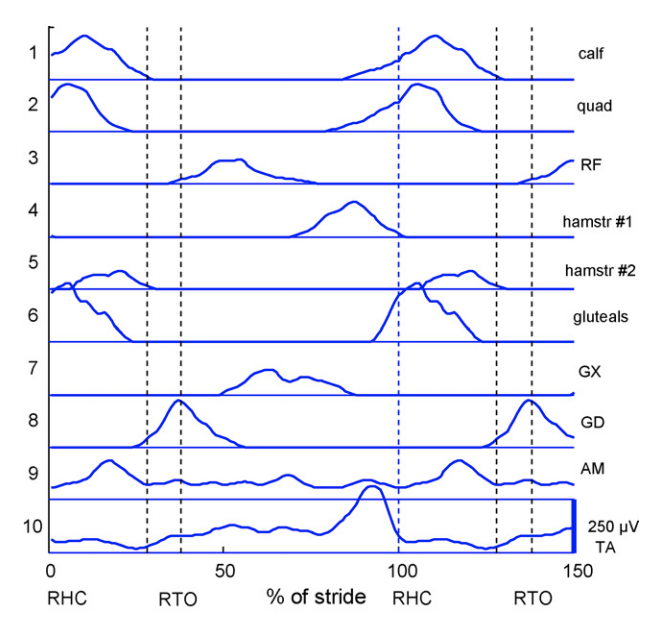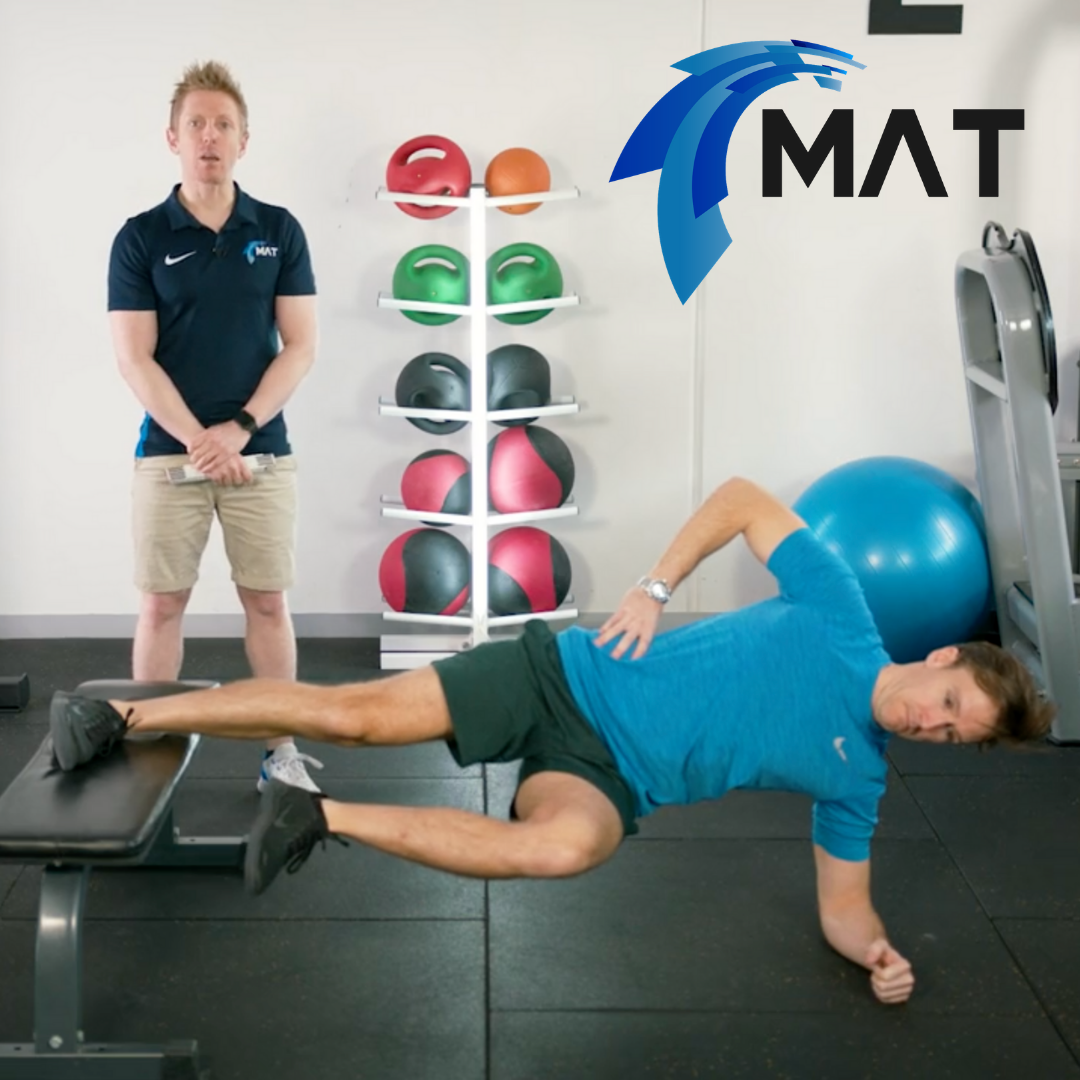Strength Testing with Hip Adduction Holds/Raises
Feb 17, 2018Why Is Hip Adduction Strength Important
Hip Adduction is the movement of where we bring our leg closer to the midline of the body or closer to the other leg. It is largely performed by our adductor muscle group (adductor magnus, longus and brevis). Interestingly however the adductor muscles are often involved in decelerating and accelerating the limbs in different directions and are one of the only muscle groups of the lower limb to be "always on" during running and walking movements.

What Does The Research Say About Adductor Strength
Hip adductor weakness has been related to pain in through the groin in sports that require repetitive change of direction (i.e.soccer) “Large eccentric hip adduction strength deficits were found in soccer players with adductor-related groin pain compared with asymptomatic soccer players” (Thorborg K et al 2014).
Another article found that “decreased hip adduction strength is a risk factor for developing groin injuries” (Harøy.J et al 2017).
The single leg adduction exercise when used correctly in a clinical setting can decrease our risk of associated groin injuries and performance detriments. The Copenhagen Adduction exercise is a single leg exercise which has an emphasis on the eccentric (lengthening part) of hip adduction (resisting hip abduction). It has been shown to have a significant impact in “on-field prevention and treatment” of groin injuries (Serner et al 2020).
What the research tells us is that:
- “Preseason hip adductor squeeze strength is lower in male soccer athletes who have had past-season groin pain for more than 6 weeks compared with soccer athletes without past-season groin pain” (Esteve et al 2018).
- “The Copenhagen Adduction and the hip adduction with an elastic band are dynamic high intensity exercises, which can easily be performed at any training facility and therefore seem relevant to include in future prevention and treatment programmes” (Serner. A et al, 2013).
How To Measure Hip Adduction Strength

Set the client up in a side plank position on an exercise bench with the foot in a standardized position. Ask the client to remove their bottom leg taking the load through the adductor muscles and elbow. Timing this position begins once the client's bottom leg leaves the ground or fails to be able to hold a neutral position. Compare to the other side.
Alternatively, repetitions can be counted moving from a position of touching the hips on the floor to a neutral position. Compare from side to side.
Are you measuring Adductor Strength with your patients and clients?
Join the thousands of therapists and trainers worldwide who have stopped guessing and started measuring their patients and clients using Adductor Strength testing and the MAT.
Sign up for our MAT Course today to learn how to use Adductor Strength testing alongside 50+ other objective assessments.
Download Our Measurz App For FREE And Perform, Record and Track 800+ Tests With Your Clients Today.
Want To Improve Your Assessment?
Not Sure If The MAT Data-Driven Approach Is Right For You?
Get a taste of our MAT Course and data-driven approach using the MAT with a FREE module from our online MAT Course.
We hate SPAM. We will never sell your information, for any reason.



